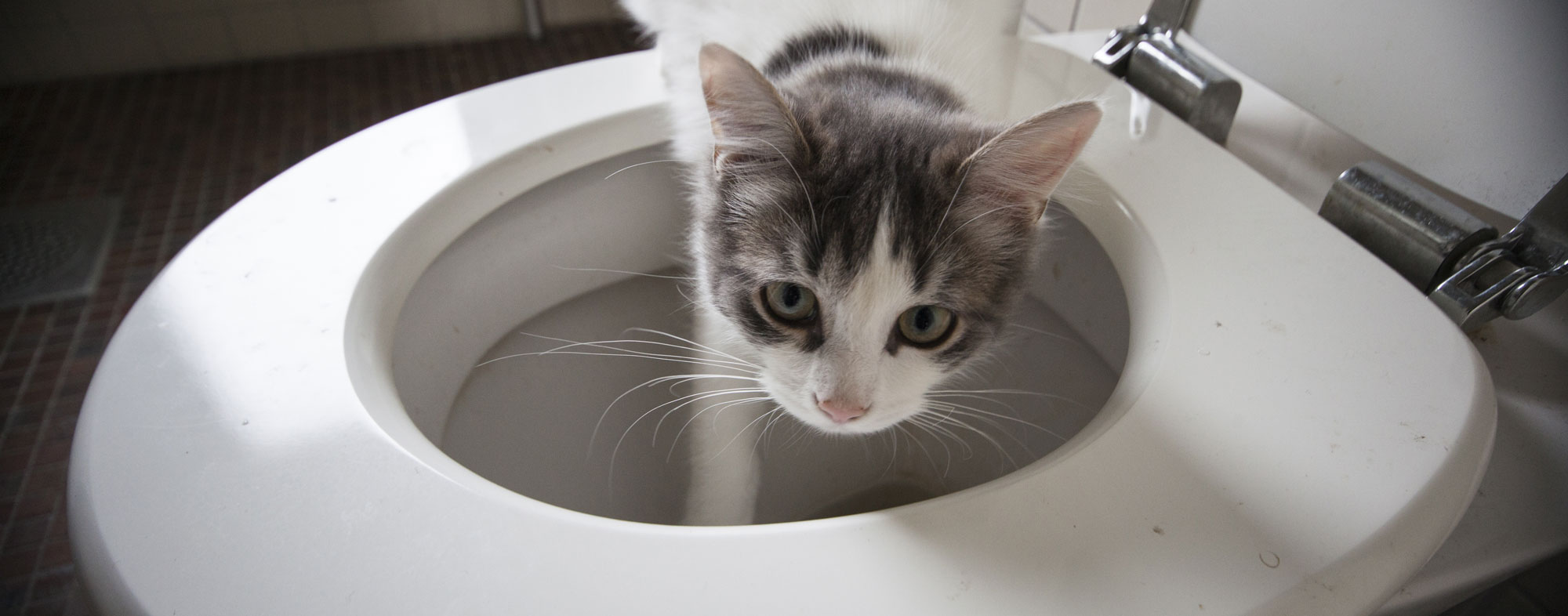Reasons Flushing Cat Poop Down Your Toilet Isn't a Good Idea - Advice for Proper Handling
Reasons Flushing Cat Poop Down Your Toilet Isn't a Good Idea - Advice for Proper Handling
Blog Article
The publisher is making several great points on the subject of Don’t flush cat feces down the toilet in general in the article on the next paragraphs.

Intro
As feline proprietors, it's important to be mindful of how we dispose of our feline pals' waste. While it might seem convenient to purge pet cat poop down the bathroom, this technique can have damaging consequences for both the atmosphere and human wellness.
Environmental Impact
Flushing pet cat poop introduces hazardous microorganisms and parasites into the supply of water, positioning a substantial danger to aquatic ecosystems. These pollutants can negatively influence marine life and concession water quality.
Wellness Risks
Along with environmental issues, flushing feline waste can additionally position health risks to humans. Cat feces might consist of Toxoplasma gondii, a bloodsucker that can trigger toxoplasmosis-- a potentially severe ailment, specifically for expecting ladies and people with weakened immune systems.
Alternatives to Flushing
Luckily, there are safer and extra liable means to throw away feline poop. Think about the following options:
1. Scoop and Dispose in Trash
One of the most usual method of getting rid of pet cat poop is to scoop it into a biodegradable bag and throw it in the trash. Be sure to utilize a dedicated trash inside story and get rid of the waste without delay.
2. Usage Biodegradable Litter
Opt for naturally degradable feline clutter made from products such as corn or wheat. These clutters are eco-friendly and can be securely dealt with in the trash.
3. Bury in the Yard
If you have a yard, consider burying cat waste in a designated location far from veggie gardens and water sources. Make certain to dig deep adequate to avoid contamination of groundwater.
4. Set Up a Pet Waste Disposal System
Invest in a pet garbage disposal system particularly developed for cat waste. These systems make use of enzymes to break down the waste, decreasing odor and ecological impact.
Verdict
Accountable pet possession prolongs beyond offering food and shelter-- it likewise entails appropriate waste monitoring. By refraining from flushing pet cat poop down the commode and opting for different disposal methods, we can decrease our ecological footprint and shield human health and wellness.
Why Can’t I Flush Cat Poop?
It Spreads a Parasite
Cats are frequently infected with a parasite called toxoplasma gondii. The parasite causes an infection called toxoplasmosis. It is usually harmless to cats. The parasite only uses cat poop as a host for its eggs. Otherwise, the cat’s immune system usually keeps the infection at low enough levels to maintain its own health. But it does not stop the develop of eggs. These eggs are tiny and surprisingly tough. They may survive for a year before they begin to grow. But that’s the problem.
Our wastewater system is not designed to deal with toxoplasmosis eggs. Instead, most eggs will flush from your toilet into sewers and wastewater management plants. After the sewage is treated for many other harmful things in it, it is typically released into local rivers, lakes, or oceans. Here, the toxoplasmosis eggs can find new hosts, including starfish, crabs, otters, and many other wildlife. For many, this is a significant risk to their health. Toxoplasmosis can also end up infecting water sources that are important for agriculture, which means our deer, pigs, and sheep can get infected too.
Is There Risk to Humans?
There can be a risk to human life from flushing cat poop down the toilet. If you do so, the parasites from your cat’s poop can end up in shellfish, game animals, or livestock. If this meat is then served raw or undercooked, the people who eat it can get sick.
In fact, according to the CDC, 40 million people in the United States are infected with toxoplasma gondii. They get it from exposure to infected seafood, or from some kind of cat poop contamination, like drinking from a stream that is contaminated or touching anything that has come into contact with cat poop. That includes just cleaning a cat litter box.
Most people who get infected with these parasites will not develop any symptoms. However, for pregnant women or for those with compromised immune systems, the parasite can cause severe health problems.
How to Handle Cat Poop
The best way to handle cat poop is actually to clean the box more often. The eggs that the parasite sheds will not become active until one to five days after the cat poops. That means that if you clean daily, you’re much less likely to come into direct contact with infectious eggs.
That said, always dispose of cat poop in the garbage and not down the toilet. Wash your hands before and after you clean the litter box, and bring the bag of poop right outside to your garbage bins.
https://trenchlesssolutionsusa.com/why-cant-i-flush-cat-poop/

We were shown that write-up about Don’t flush cat feces down the toilet from a good friend on a different domain. If you appreciated our blog post please make sure you remember to share it. Thank you for going through it.
Details Report this page